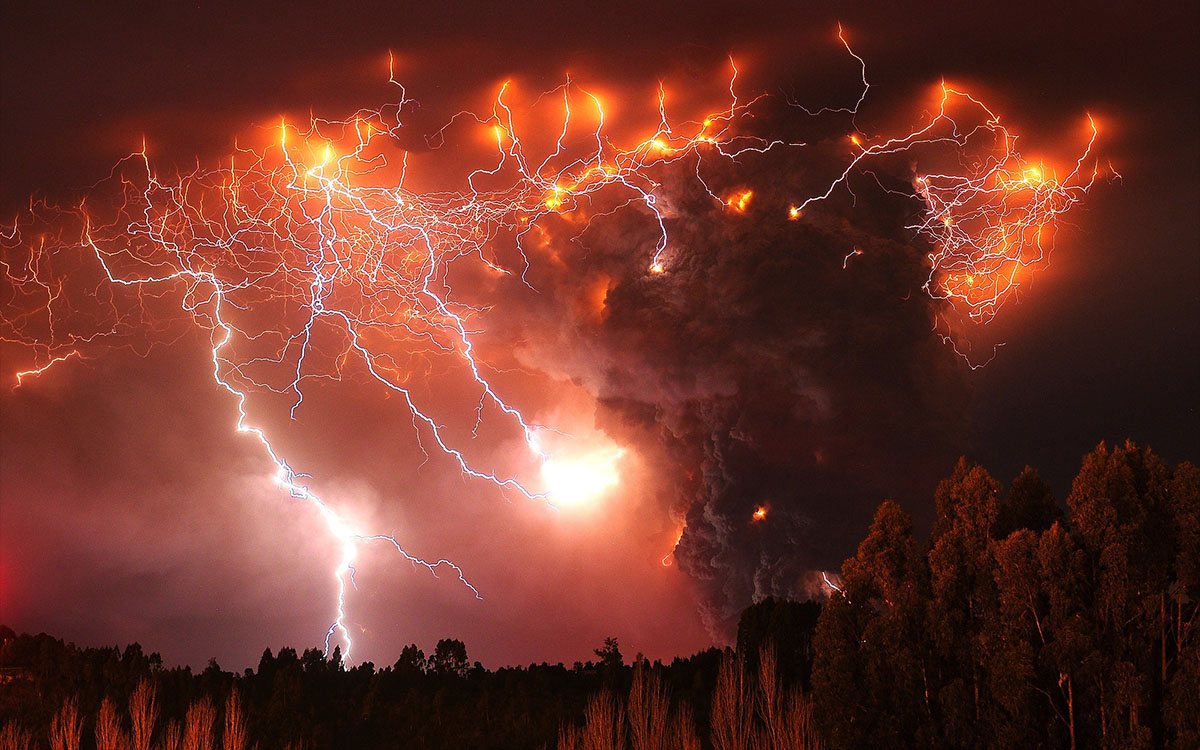yellowstone: the american apocalypse that might never happen

As you stand on the edge of Yellowstone, a pesky and disturbing idea might lodge itself in the back of your mind. What if the ground being to rumble but instead of a few typical tremors, it keeps shaking more and more intensely? A low groan is heard throughout the park as a vast plume of ask and rock shoots into the air, raining fiery rocks for dozens of miles and black and gray pyroclastic flows shoot in every direction. A few hours later, another eruption just like it. A few hours after that, yet another. A third blast thunders in the dead of night. A fourth acts like the world’s worst alarm clock. And this keeps going for more than a week, venting enough ash to cover much of the United States and exerting the same energy as 1.5 billion tons of TNT.
This the scenario presented by countless breathless documentaries which talk about the past super-eruptions that rocked North America, explain just how bad it would be if it happened in the near future, and ominously hint that we’re overdue for a massive one, pointing at the latest change in elevation in Yellowstone as proof that something awful is brewing under the surface. Since they first aired in the early 2000s, every bit of news from the park has caused some sort of mass panic and required numerous articles trying to tell people why they can calm down and stop prepping for the volcanic end of the world. Yes, the convection of magma in the hot spot under Yellowstone causes the ground to rise, fall, and tilt, but that’s just normal.
It’s understandable why people would be nervous about a supervocano, especially after pop culture has done so much to threaten them with one. Overactive volcanoes have caused mass extinctions before, and we’re constantly being told that Yellowstone explodes every 700,000 years or so on average and it’s been 650,000 years since the last super-eruption as proof that we’re living on the edge. But volcanoes don’t work like clocks, and the average of the last few mega blasts over 2.5 million years aren’t indicative of much. What really matters is the amount of melt, or flowing magma the consistency of playdough inside Yellowstone’s chambers, which is between a tenth and less than a third of the absolute minimum requirement for the kind of huge eruption with which we’re often threatened.
In other words, if the park does blow its top, it would be an event similar to the eruption of Mount St. Helens or a Kilauea-type lava flow, not a planet-scarring disaster, and it’s entirely plausible that the melt levels won’t be high enough to produce super-eruptions for hundreds of thousands, if not millions of years. And if we really didn’t want to take any chances, we could turn the supervolcano into a massive geothermal plant for just $3.5 billion and cool it so much that it could never erupt again. The process would take centuries, but considering that we’d have tens of millennia, we could cheaply and effectively disarm every supervolcano on Earth with plenty of time to spare while turning a handsome profit. Far from an inevitable disaster, Yellowstone may actually be a natural curiosity we could tame with modern technology. Just keep that in mind next time the media loses its mind about its latest tremors…





